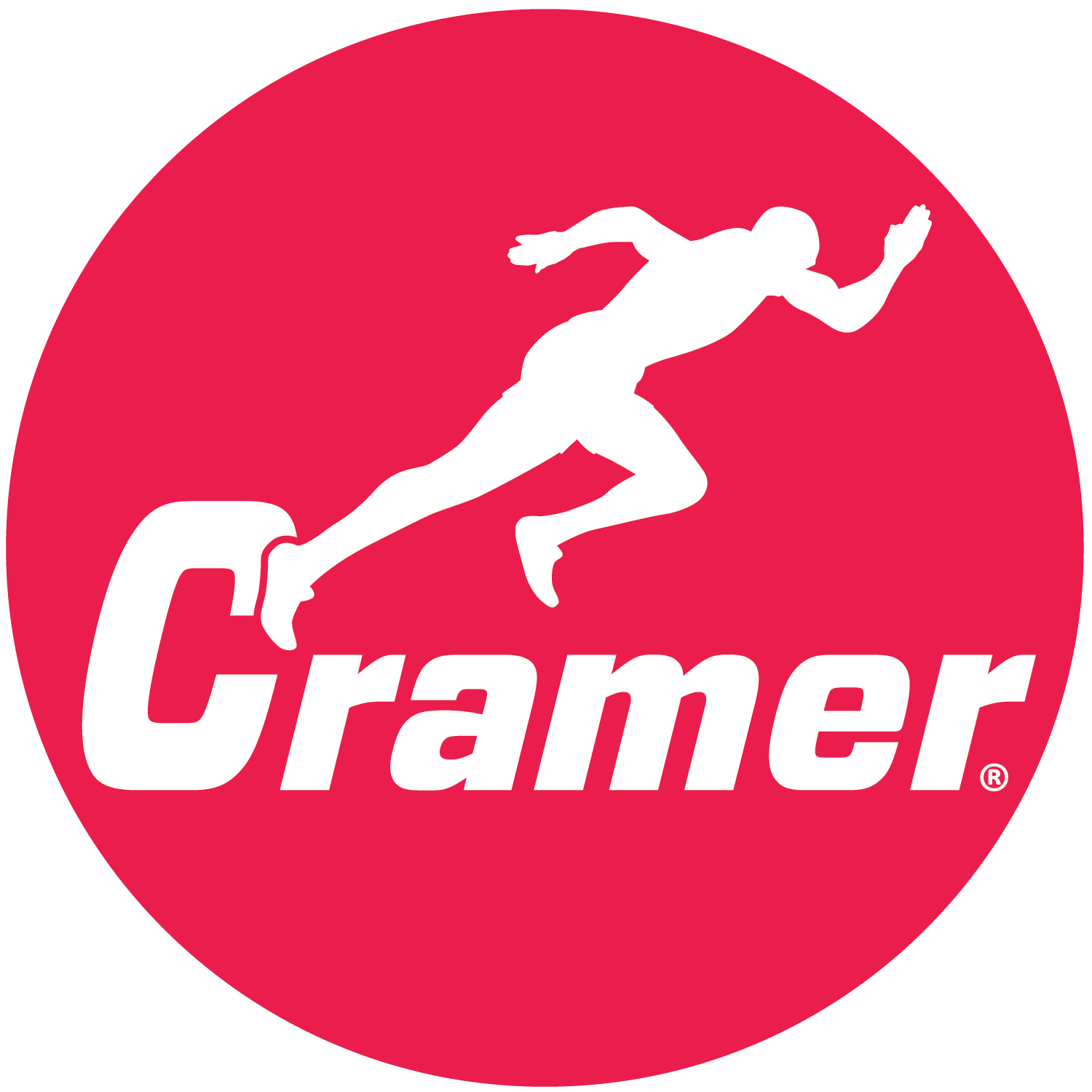
A new study finds the overall rate of ACL injuries among high school athletes is significantly higher among females, who are especially likely to experience ACL tears while playing basketball, soccer and lacrosse.
The study, "Sport-Specific Yearly Risk and Incidence of Anterior Cruciate Ligament Tears in High School Athletes: A Systematic Review and Meta-Analysis," was presented at the 2015 American Academy of Pediatrics Conference and Exhibition in late October. Read More
Since Cramer introduced 950 Porous Athletic Tape in 2010, it’s been a very popular item that’s a staple in many kits. Read all about this zinc oxide tape here, and find out why Gary Kinney of Santa Ana College says they buy more of this product than anything else!
Our faithful First Aider readers know that we typically feature one of our newest products in each issue. This time, though, we’ve decided to focus on one of our tried and true products that many of you can’t do without: Cramer’s 950 Porous Athletic Tape, introduced in 2010. Read More
Something New in Football!
A new book “Football Statistics for Quarterbacks,” has just been developed by Chuck Moser of Abilene, Texas.
For many years we have had statistics books for basketball and baseball – and now, thanks to Chuck, you can have one for football. The book costs $1.75 and may be ordered from Chuck Moser, Director of Athletics, Abilene High School, Abilene, Texas. Read More
